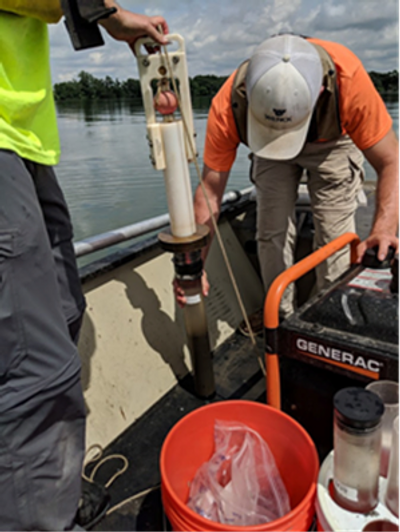507-532-1325 Email: joy.bruns@rcrca.com
Cottonwood Wraps - TMDL Reports

The State of Minnesota has adopted a ‘Watershed Approach’ to assesses all of Minnesota’s 80, 8-digit HUC watersheds, within a 10-year cycle. This ‘Watershed Approach’ is also known as the Watershed Restoration and Protection Strategies (WRAPS) process. Watershed monitoring and data collection in the Cottonwood River Watershed was conducted in 2017 - 2018. MPCA’s Environmental Analysis and Outcomes Division expanded the data collection to include extensive fish and aquatic invertebrate surveys. Analysis of the monitoring data followed to determine impairments, identify stressors causing those impairments, develop Total Maximum Daily Loads (TMDLs) for impaired waters, identify pollutant sources, and utilize computer modeling and other techniques with stakeholder involvement to set water quality goals. Strategies to restore impaired waters and protect unimpaired waters were developed for future implementation by state and local governments, citizen organizations, businesses, and individuals as the process transitions into One Watershed, One Plan with prioritized, targeted and measurable goals for the Cottonwood River watershed. A grant of $200,000 was administered by RCRCA to oversee this process. The Cottonwood River TMDL and WRAPS documents will be Public Noticed Summer 2022.
An application for a One Watershed, One Plan planning grant was submitted to BWSR in June 2022. If successful, planning would begin in Fall 2022.
For more information, use the link below:
Cottonwood WRAPS - Sediment Cores collected from Sleepy Eye Lake by Wenck Associates. The cores help determine if excess phosphorus in the lake is linked to sediments or rough fish populations. Photo on left.
Cottonwood WRAPS -
Electrofishing Double Lake (North) to estimate the rough fish population. The lake has a larger population of buffalo fish (pictured) than carp.
